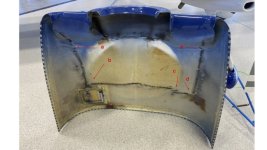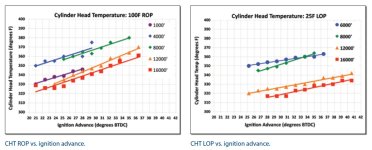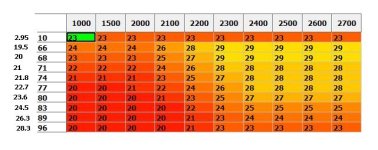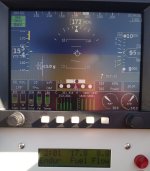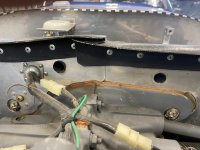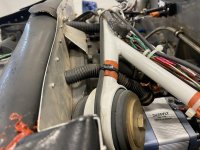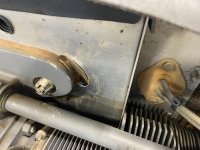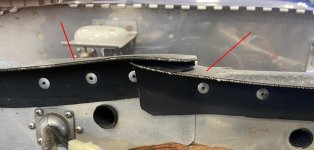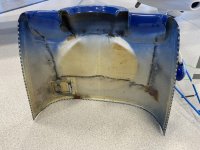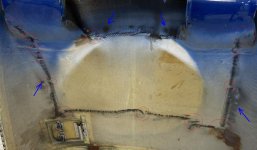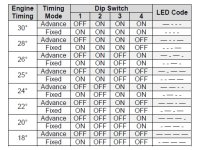With higher advance you get higher combustion pressure and hence better effiency. The temperature rises nearly linear with pressure.
If you reduce the advance, you will give up the advantage of the electronic ignition.
Although more advance can certainly result in higher peak combustion pressure, it does not necessarily result in better efficiency.
The goal is to adjust ignition timing so peak pressure is in the region of 10~16 degrees ATDC. If too much advance causes peak pressure to arrive early, nearer to TDC, peak pressure will be higher, but the crankshaft geometry may not result in additional torque, only higher mechanical stress.
The experimental community tends to display a significant disconnect between the LOP theory taught at APS/GAMI, and the use of EI's with extended advance schedules. The whole point of LOP operation, as taught by Braly, Deakin, Brown et al, is to
delay the point of peak pressure,
reducing cylinder stress and temperature. The principle is simple. It assumes fixed timing as installed on the vast majority of the certified fleet, so given that lean mixtures combust slower, the red knob becomes a timing control. Pull it out further, and peak pressure moves farther from TDC. Yes, there is some power loss. With a turbo-normalized engine, they just add some manifold pressure to recover the loss...and keep the effectively delayed timing.
Very few turbos in our world, so the trend has been to offset the slower lean combustion rate with more timing advance. There's nothing
wrong in doing so, if that additional advance merely returns peak pressure to the original optimum point after TDC. However, it is very much a Goldilocks thing...it can be
too little,
too much, or
just right. For sure, more is not necessarily better, in particular when considering factors like engine life.
Oh, and let's not conflate the benefits of electronic ignition with the benefits of advanced ignition timing. They are very different subjects. A fixed timing EI can be a wonderful thing to have.

